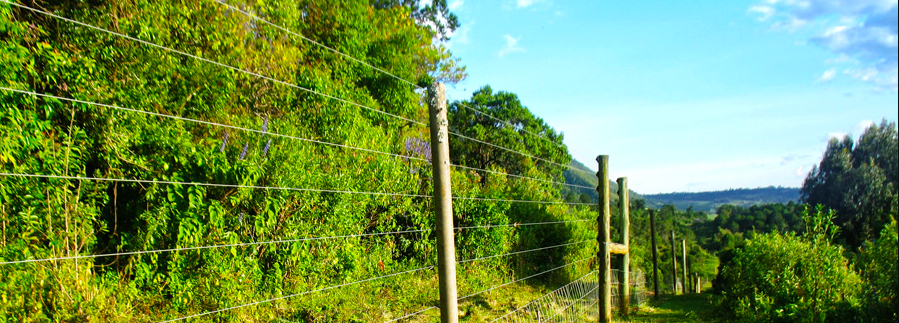
Biodiversity conservation or protection: How wildlife economies are affected by the view of national wildlife departments
29 Jul 2022
No one can refute that a closed wildlife system, that means one fully surrounded by a fence or wall, requires management. Management means us as humans playing God. And we must play God because otherwise a closed system will collapse.
First, we must ask, how do different species utilise the space of a closed system? Some herbivores, like zebra or wildebeest, like short grasses and some, such as buffalo, prefer longer grasses. Browsers are different again, giraffe prefer quality browse at height, black rhino prefer dense bush, kudu prefer less thick bush. All need water and most need minerals that they may find in the soils at different locations within the system and at different times of the year. A closed system must be managed in a pro-active manner – drought preparation, systems in place for flooding, fence breakages, disease outbreaks and of course fluid infrastructure plans that are reviewed yearly (this is roads, drainage, and tourist facilities). There are multiple ways to manage a controlled system; multiple ways to play God.
Cropping is the removal of excess individuals of each species. This can be done through the issue of hunting permits, through culling and the usage of meat to provide benefits to local communities living alongside the closed systems whose co-operation, and presence, is, in most cases, essential to the survival of wildlife within the system. Meat can also be sold at butcheries, fresh or as biltong. Alternatively, animals can be sold and exchanged at game auctions, and may fetch good prices. This is wildlife utilisation.
If you don’t actively manage a closed system, then nature will do it for you. Disease, starvation, or even territorial battles will remove numbers. These effects will ensure you become a crisis manager and will leave you with carcasses that cannot be sold (utilised) and a closed wildlife system that is in a poor state.
Biodiversity conservation then, relates, nay, depends upon wildlife utilisation. A country where utilisation of wildlife provides for both a wildlife economy and for biodiversity conservation is Namibia.
Biodiversity protection may be appealing in the short term, but in the long term does not help. A protectionist ethos is generally not related to the principles of ecological science. It works on emotional decision making, political lobbying and often, reflects history. In these countries, wildlife laws are often antiquated and those implementing them are only half-aware of the state of the environment and the science of biodiversity conservation.
Let us take Kenya as an example of the protectionist ethos. Hunting was (temporarily) banned in the 70’s, cropping was trialled and then banned, bird shooting was banned. Private landowners were banned from carrying weapons, even in dangerous buffalo country. There is no wildlife auction market, leather, meat, or any other product market allowed in Kenya.
We can only speculate as to why hunting or cropping or other forms of offtake have not been reinstated. Land issues, weapon carrying laws, colonial history, private landholders being perfectly placed to make big dollars off hunting, ability for KWS to police any offtakes, corruption … all may play a part. But where does the protectionist ethos leave the wildlife economy?
For biodiversity to survive, the people must see returns. This does not have to be economic, but sadly the time it takes for poverty to come to a full understanding of the value of ecosystem services is long and ends in disaster before change can take effect. So, wildlife must pay, somehow. Kenya is incredibly lucky in the sense that so much of it can earn from photographic tourism. The few areas that do not attract photographic tourists, can be run on funds allocated to them from high earning areas. Guides, transport and accommodation providers, workshops, curio sellers, tourist entertainment teams and hundreds more benefit from foreign visitors, who in turn come because of the wildlife and wild areas (including beaches) on offer. This is a massive part of Kenya’s economy.
But then along comes Covid, or election year and the bottom falls out of tourism. Thousands lose the income they depend upon to survive. Thousands have no access to protein except by way of illegal poaching. Thousands, by choice or not, turn on the very wildlife that they earnt from.
Along comes climate change and horrific droughts or flooding. Wildlife (and livestock) dies by the thousands. Lake levels rise and snatch back habitat (like Lake Nakuru Park). There are no ‘conservation’ measures that can be implemented – translocations are crisis management and far too expensive, cropping or culling are illegal, wildlife can only be fed by concerned citizens if KWS issues a permit. Bureaucracy hinders all permit processes (even in good times).
At the end we have lost more biodiversity, more species, lost belief in a resilient wildlife economy. We must decide then if our wildlife management department will run under a protectionist ethos, fuelled by emotion from animal rights groups and lobbying from well-placed organisations with huge funding, or indeed under a conservation ethos, that means the loss of some individuals for the greater good of the survival of wildlife itself.
Ms Hollie M’gog, AWEI Teaching Fellow
No authors to show
We support the free flow of information. Please share:
More content
-
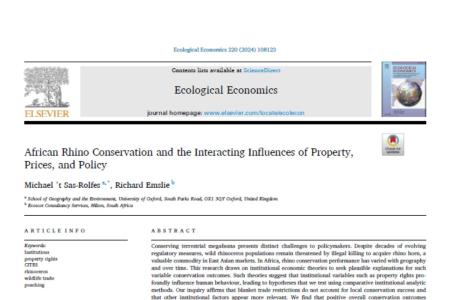
African Rhino Conservation - Interacting Influences
Michael ’t Sas-Rolfes…Conserving terrestrial megafauna presents distinct challenges to policymakers. Despite decades of evolving regulatory measures, wild rhinoceros populations remain...
2024Research -
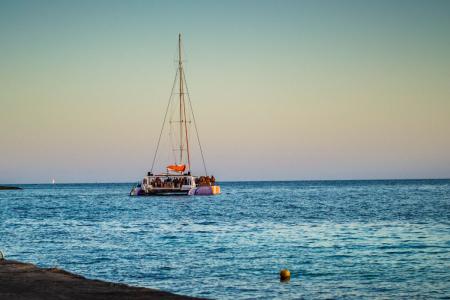
World Oceans Day: Awakening Africa’s Blue Economy
Dr Francis VorhiesThe theme of World Oceans Day 2024 on 8 June is “Awaken New Depths”. A key topic is the…
Articles -
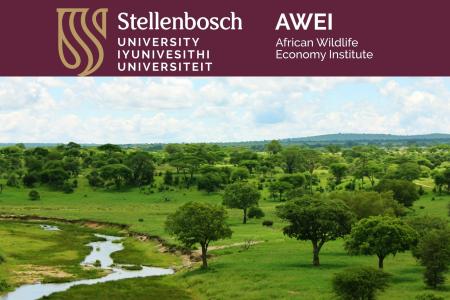
AWEI Updates May 2024
Ms Emily TaylorAs the Wildlife Economy Institute (AWEI) continues to grow and expand its reach, we have decided to produce…
Articles -
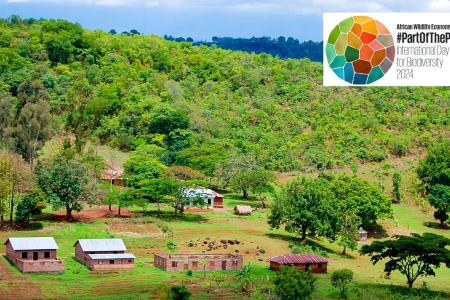
AWEI's role in the Biodiversity Plan for Life on Earth
Dr Francis Vorhies22 May 2024
Through a landscape approach to the development of Africa’s wildlife economy, we are part of…
Articles -
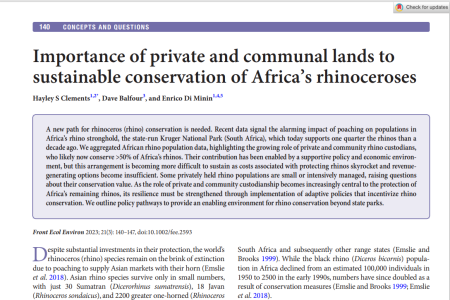
Importance of private and communal lands to sustainable conservation of Africa's rhinoceroses
Dr Hayley Clements…A new path for rhinoceros (rhino) conservation is needed... We aggregated African rhino population data, highlighting the growing...
2023Research -
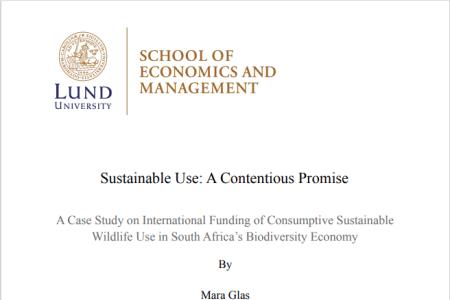
Sustainable Use: A Contentious Promise
Ms Mara GlasA Case Study on International Funding of Consumptive Sustainable Wildlife Use in South Africa's Biodiversity Economy In South...
2022Research -
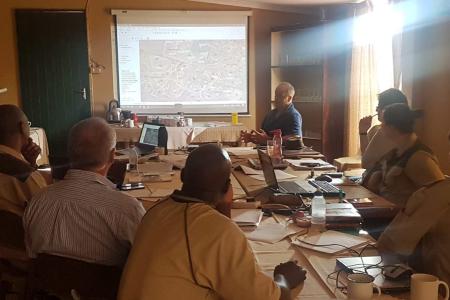
Collaborative governance models of wild product value chains for conservation and livelihood resilience
Mr Thapelo Brilliant LebopaSustainable utilisation of wild products, such as non-timber forest products, wild meat, and medicinal plants, requires governance models…Articles -

SA’s new biodiversity strategy is a key move away from colonial fortress conservation
Prof Brian Child…It was disappointing to read an article in Daily Maverick that sought to “ring alarm bells” about a…
Articles -
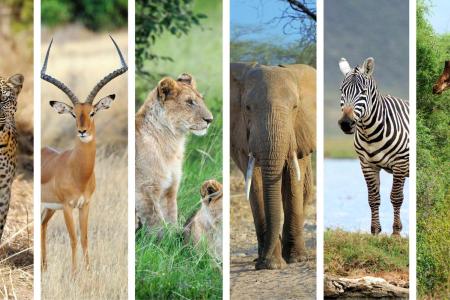
Ensuring the use of wild species benefits people
Dr Francis Vorhies…Observed annually on 3 March, World Wildlife Day is an opportunity for us to celebrate the diverse range of wild…Articles
Get updates by email
Through impactful research, stakeholder engagement, and professional development, AWEI is supporting the wildlife economy across Africa. Please subscribe for occasional updates on our work and forthcoming events.
Sign up for a quarterly dose of AWEI insights
In a complex and changing world, AWEI generates strategic ideas, conducts independent analysis on wildlife economies, and collaborates with global scholar-practitioners to provide training and expertise for biodiversity conservation, climate resilience, and inclusive economic opportunities in Africa.




